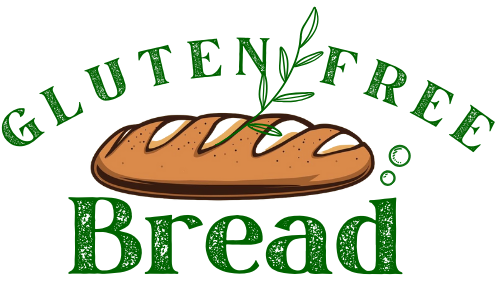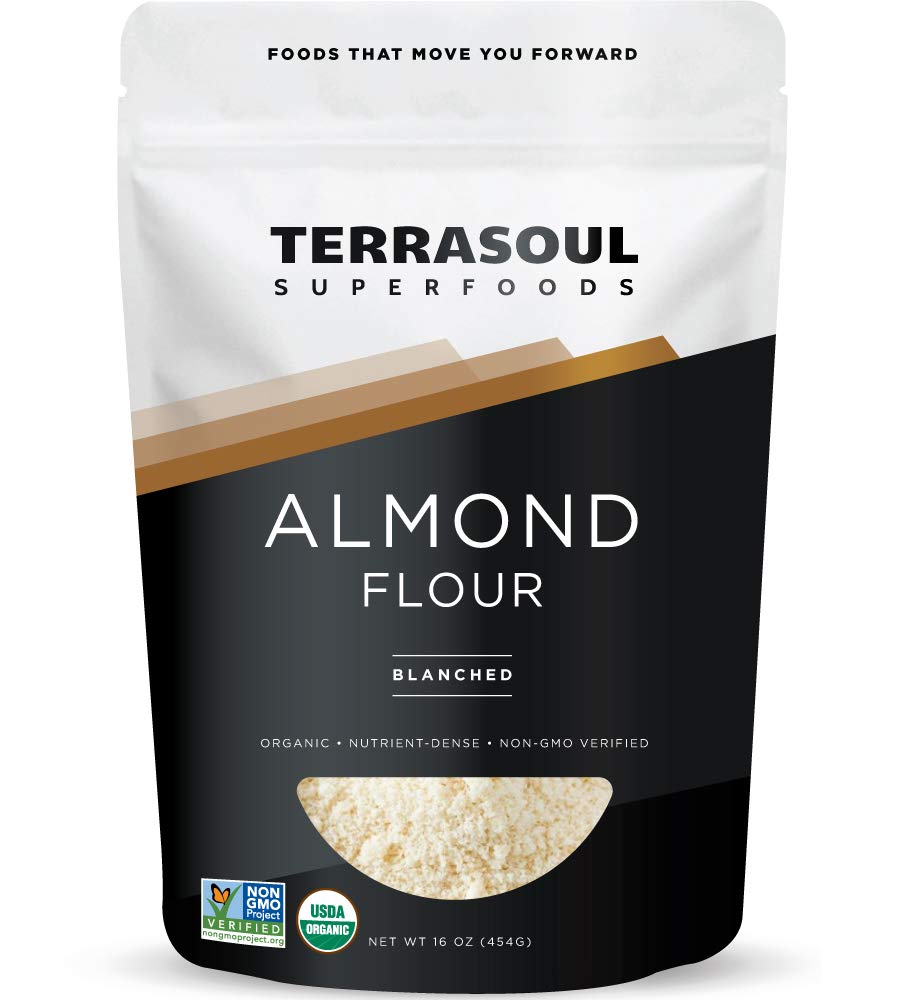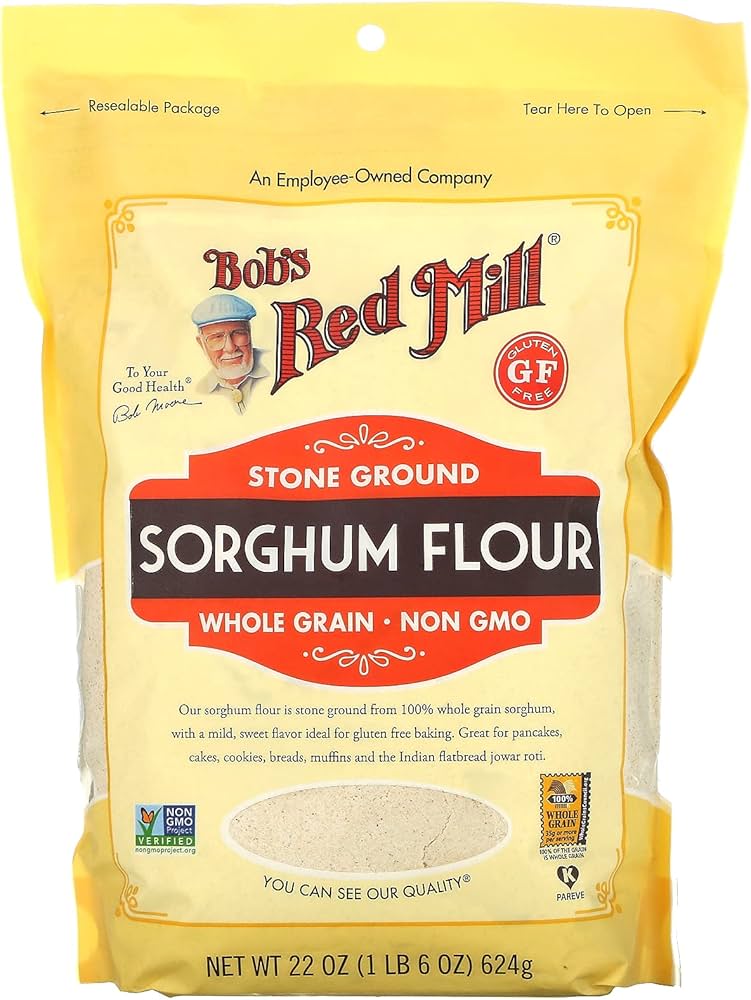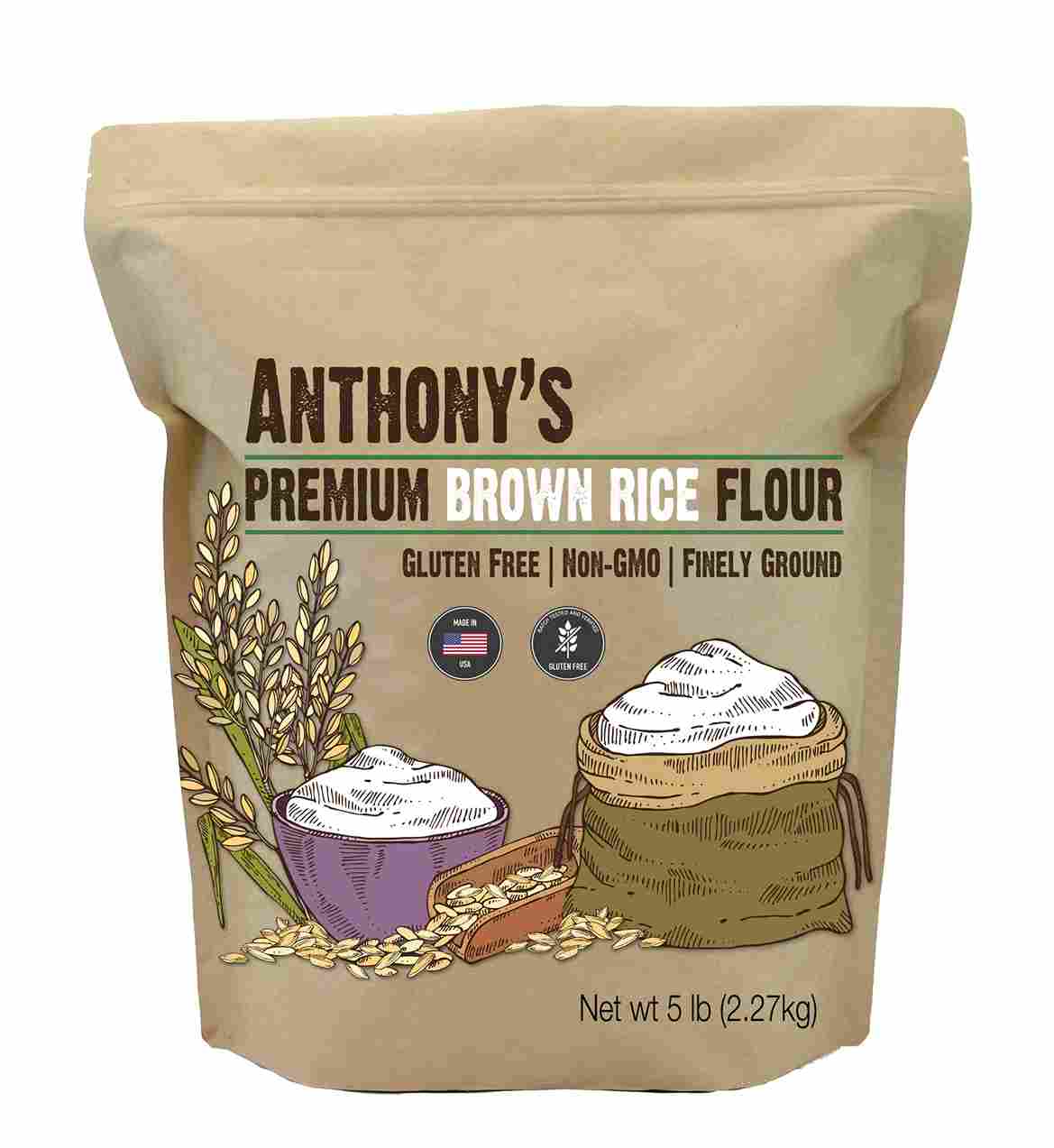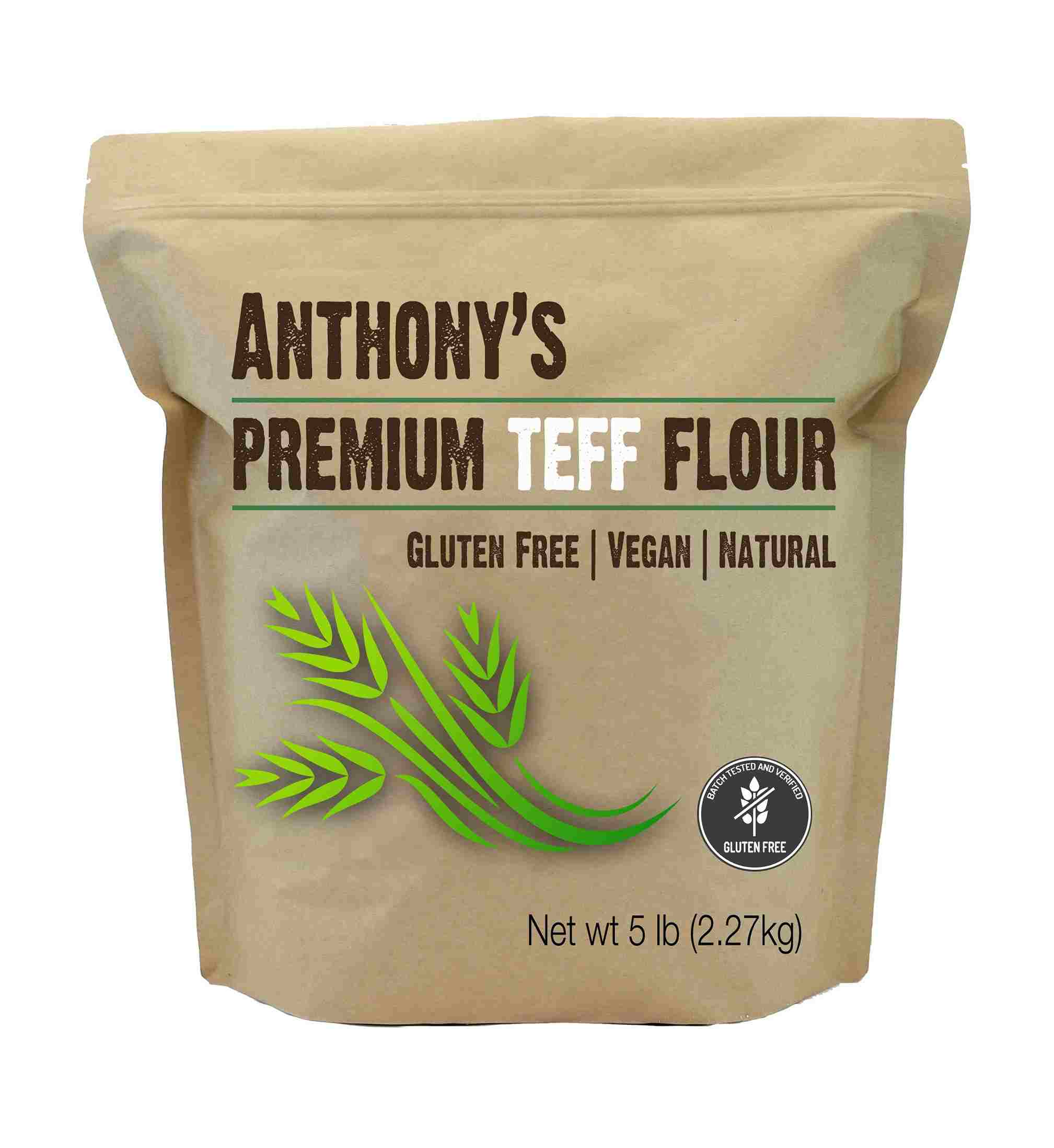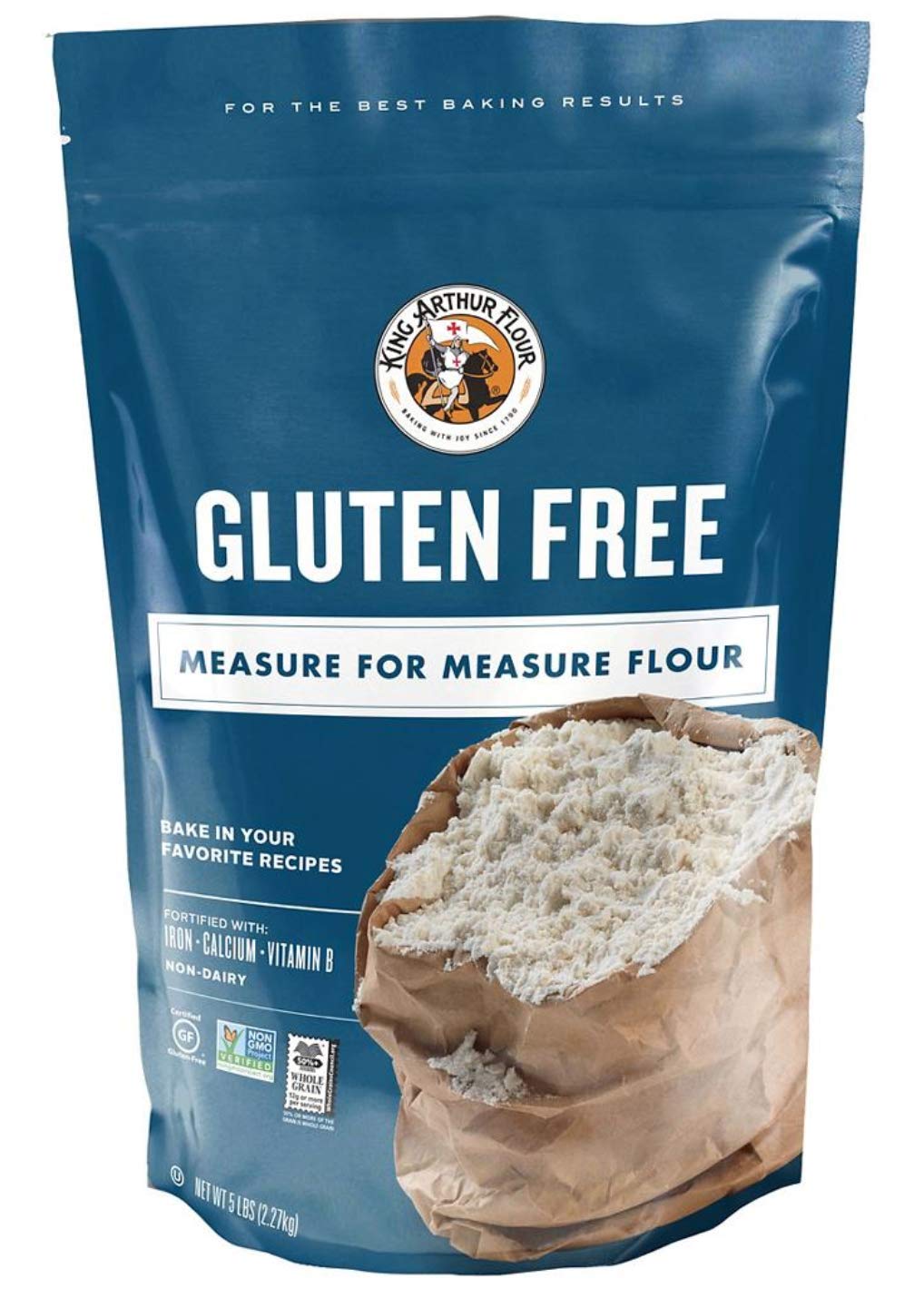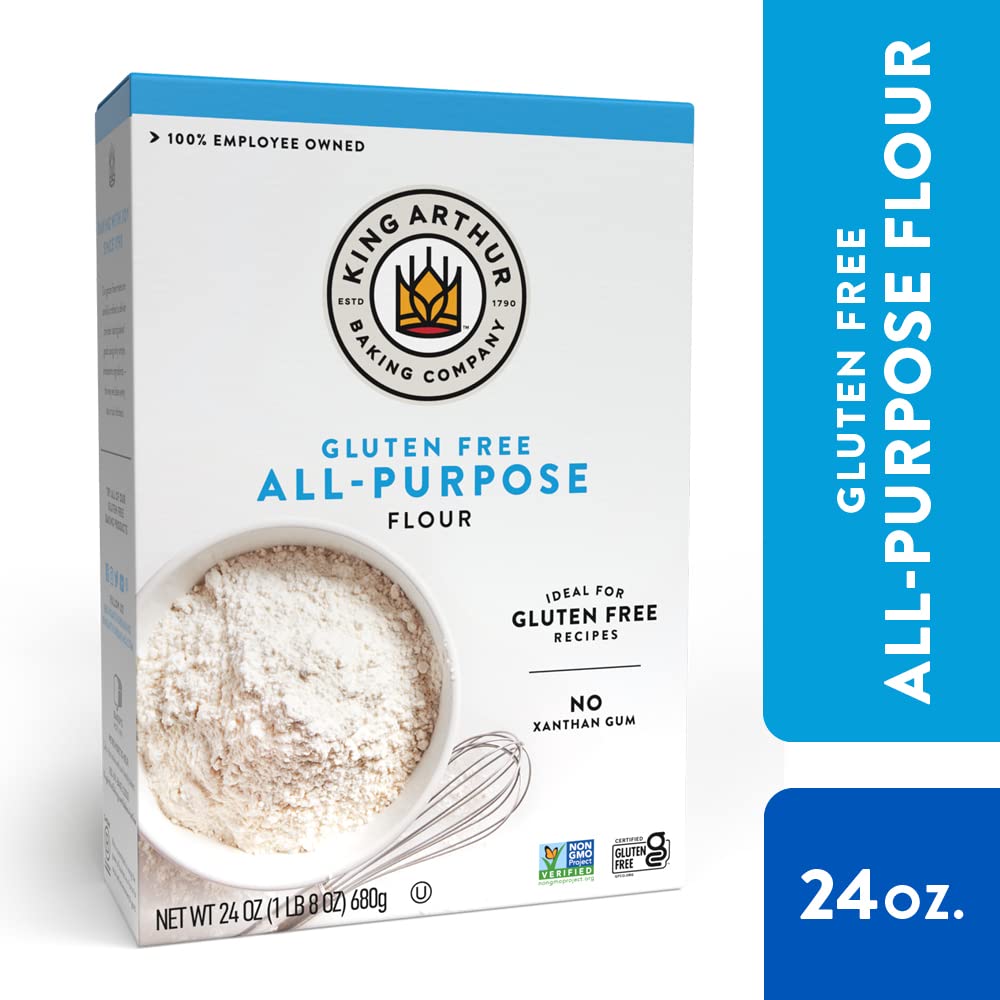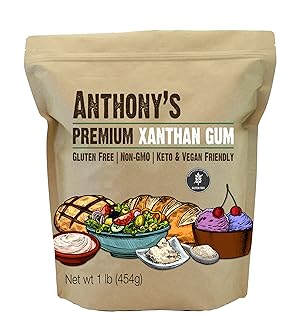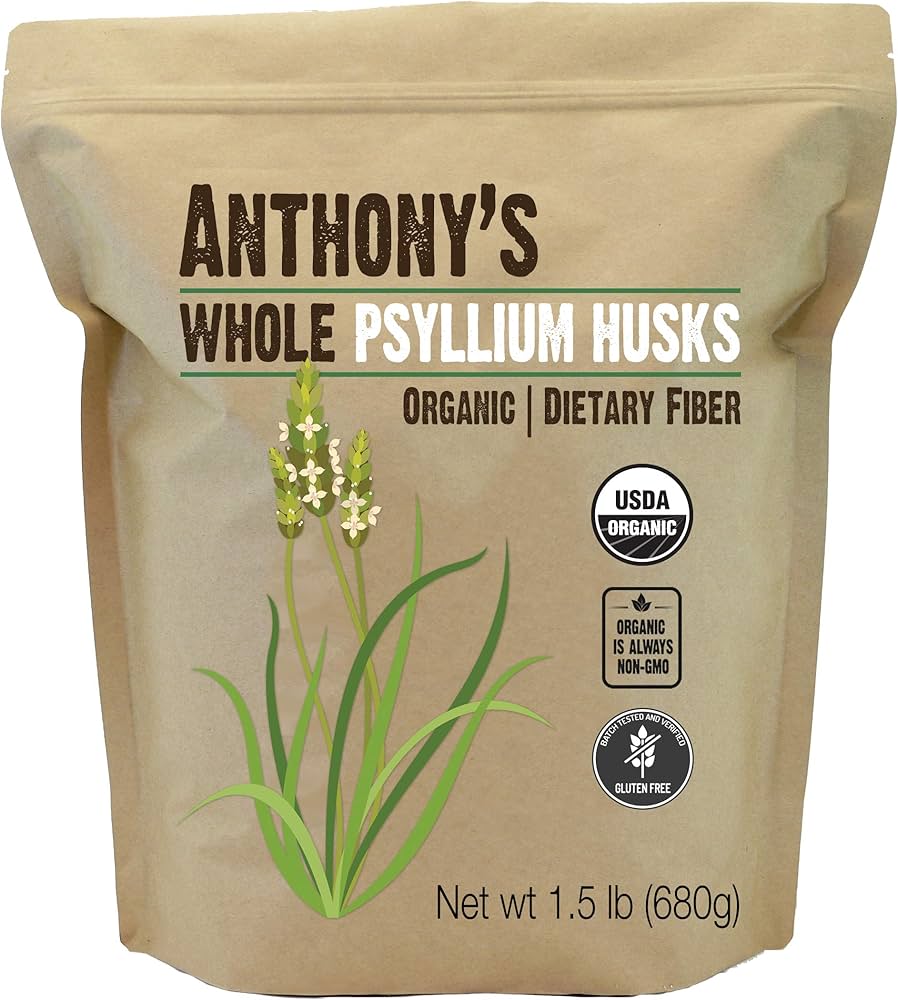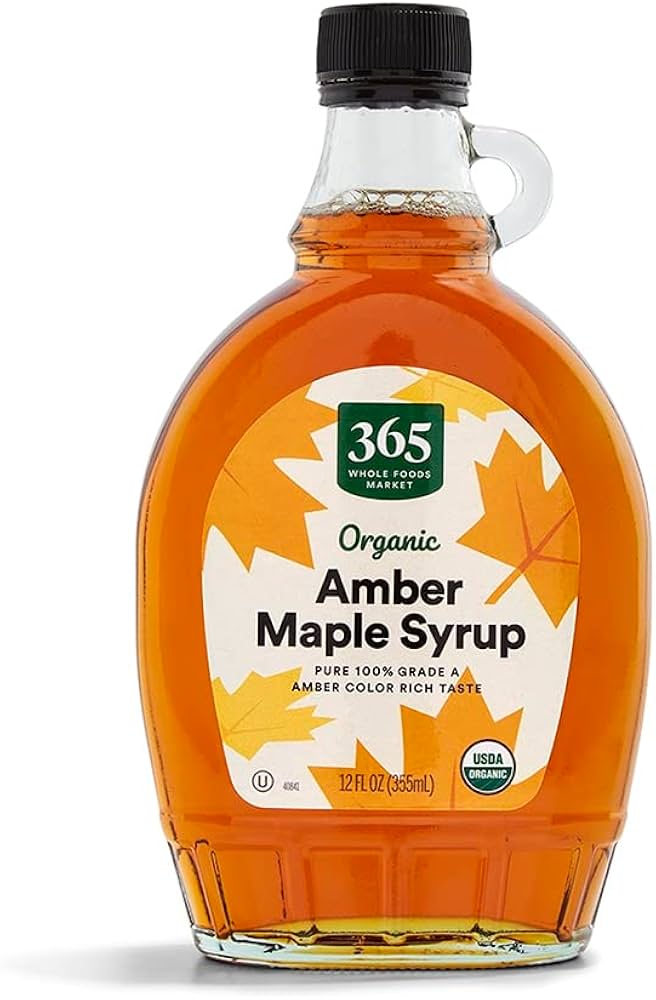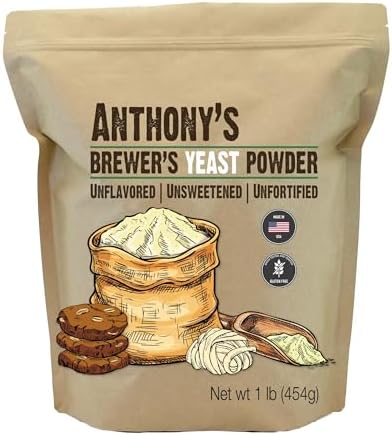Introduction
Struggling to bake soft, fluffy gluten free bread? The secret lies in the right flours and ingredients! As someone who’s spent years perfecting gluten-free recipes, I’m excited to share that creating delicious gluten-free bread isn’t just possible – it’s easier than you might think. With the gluten-free products market projected to reach $8.3 billion by 2027, there’s never been a better time to master these techniques.
What Are Gluten Free Flours and Ingredients for Bread Baking?
Gluten free flours are made from grains, nuts, seeds, or roots that do not contain gluten, a protein found in wheat, barley, and rye. These flours are perfect for those with gluten intolerance or celiac disease, offering a versatile alternative for cooking and baking.
When I first started baking gluten-free bread, I realized the key to success lies in the right combination of flours and ingredients. Unlike traditional bread made with wheat flour, gluten-free bread relies on a mix of alternative flours and binders to achieve the perfect structure and taste.
Best Gluten-Free Flours for Bread Baking
Gluten-free flours like almond, rice, and sorghum bring unique flavors and textures to bread. To hold everything together, I often use xanthan gum or psyllium husk as binders. These ingredients are my secret weapons to bake bread that’s soft, fluffy, and absolutely delicious.
I’ve had to get creative! I think of it as building my dream team – each flour brings something special to the game. I combine protein-rich flours for structure (trust me, you need this!), starches for that perfect bind (they’re my secret weapon), and specialty ingredients for just the right moisture. After years of experimentation, I can tell you that understanding how these ingredients work together is your ticket to amazing bread.
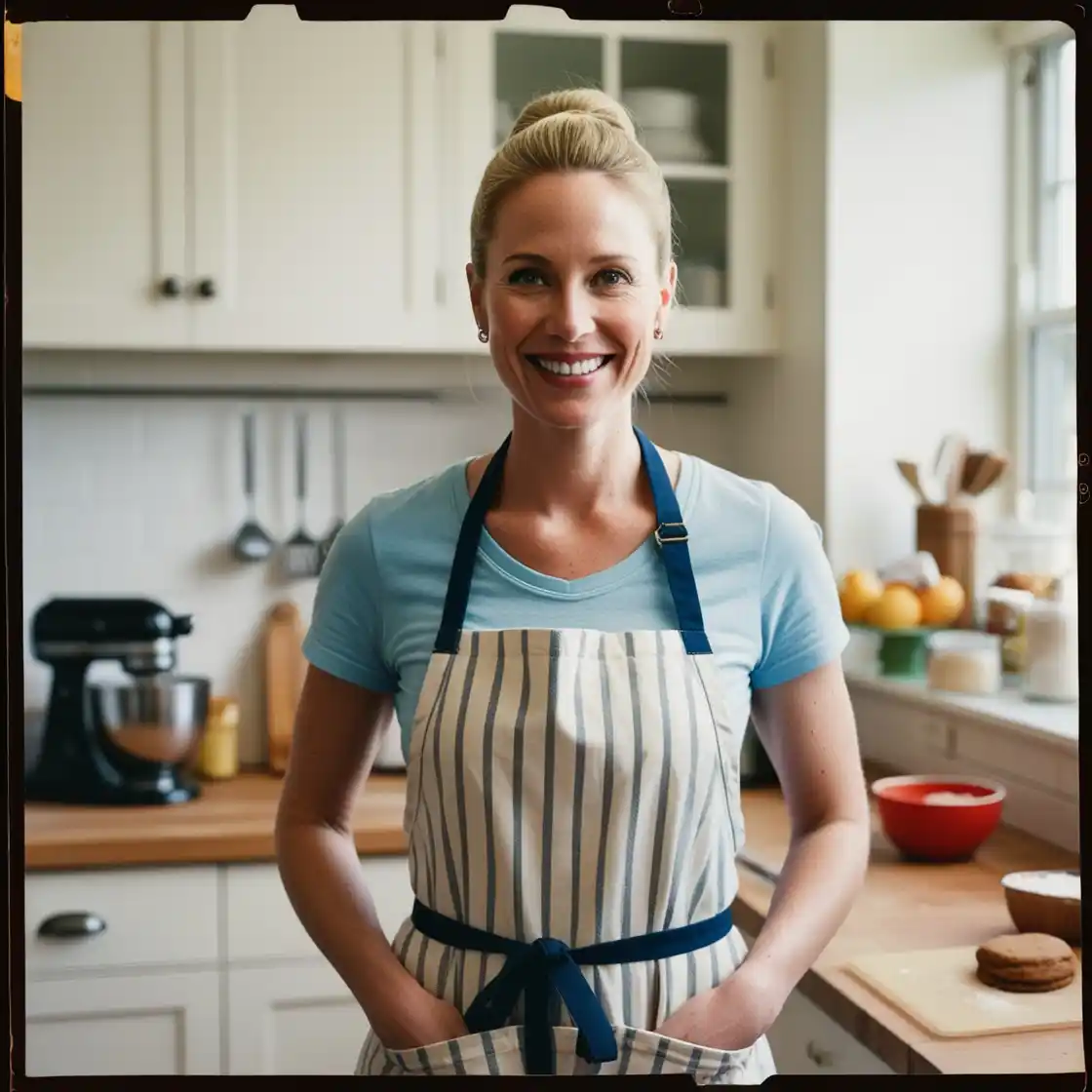
About Me
Hi, I’m Sarah Mitchell!
I’m a gluten-free baker with a passion for creating delicious, simple recipes
that everyone can enjoy.
My journey started with my own gluten intolerance, and now I’m here to help
others discover how easy and fun gluten-free baking can be.
Thanks for stopping by—let’s bake something amazing together!
Almond Flour: This is my go-to for nutty, moist bread. It’s packed with healthy fats and works beautifully when paired with a starch like tapioca.
Sorghum Flour: I use sorghum flour to add a mild sweetness and lightness to my bread. It’s a great base for sandwich loaves.
Brown Rice Flour: For a neutral taste and soft texture, brown rice flour is a staple. It pairs well with other flours to balance out the flavors.
Teff Flour: When I want a more hearty and earthy bread, teff flour never disappoints. It’s especially great for rustic loaves.
If you want more details, please check out our detailed guide about gluten-free flours, all you need for perfect bread and gluten free baking.
Benefits of Using Gluten-Free Flours in Bread Baking
Baking gluten-free bread isn’t just about avoiding gluten—it’s about creating a healthier and more personalized loaf. Here’s what I’ve noticed:
- Better Digestibility: Gluten-free bread is gentle on the stomach, especially for those with gluten sensitivities.
- Customizable Flavors: By mixing flours like almond and oat, I can experiment with different flavors in my loaves.
- Healthier Nutrients: Many gluten-free flours, such as buckwheat and teff, are rich in fiber and minerals, giving my bread a nutritional boost.
- Inclusivity: Baking gluten-free means everyone at the table can enjoy the bread, regardless of dietary restrictions.
Essential Ingredients for Perfect Gluten-Free Bread
Over the years, I’ve learned that the right ingredients make all the difference. Here’s what I rely on to get that perfect loaf every time:
Binders
- Xanthan Gum: This is my go-to for giving bread elasticity and holding the dough together.
- Psyllium Husk: I love how this adds both structure and moisture to the bread, especially for sandwich loaves.
Moisture Enhancers
- Olive Oil or Butter: These fats keep the bread from drying out.
- Honey or Maple Syrup: A touch of sweetness helps with browning and enhances the flavor.
Rising Agents
- Yeast: The classic choice for a beautiful rise and authentic bread flavor.
- Baking Powder: I often add a little to boost the fluffiness.
Tips for Baking Gluten-Free Bread
When I started baking gluten-free bread, there were a lot of trial and error moments. Here are a few tips I wish I’d known earlier:
- Mix Your Flours: Combining at least two or three flours gives better flavor and texture. I usually pair a nut flour like almond with a starch like tapioca.
- Hydration is Key: Gluten-free flours absorb more liquid, so I always use more water or milk than I would for regular bread.
- Use a Dough Scraper: Gluten-free dough is sticky, but a scraper helps manage it easily.
- Give It Time to Rise: Patience pays off. I let the dough rise a little longer than traditional bread to achieve the best results.
Troubleshooting and Best Practices
Oh boy, do I have some stories about bread gone wrong! But you know what? Every “fail” taught me something valuable. I keep a baking journal (sounds fancy, but it’s just a beat-up notebook) where I write down everything – the good, the bad, and the “what was I thinking?” moments. Temperature, humidity, even the brand of flour – it all matters! I’ve learned that successful gluten-free baking is part science, part intuition, and a whole lot of patience. Let me share my tried-and-true solutions to the most common problems I’ve faced.
Dense Texture: When my bread turns out like a brick, I check two things first: yeast freshness and liquid amount. Adding just 2-3 tablespoons more water has saved many dense loaves!
Crumbly Bread: This used to be my nemesis! Now I know it’s usually about binding agents – I start by adding 1/4 teaspoon more xanthan gum, and it works like magic.
Gummy Interior: Been there, fixed that! Either my dough was too wet, or I wasn’t baking long enough. I now reduce liquid by 2-3 tablespoons or add 5-10 minutes to bake time.
Conclusion
Creating perfect gluten free bread doesn’t have to be mysterious! With this comprehensive understanding of flours and ingredients, you’re ready to bake soft, fluffy bread that rivals traditional wheat-based recipes. Remember to experiment with different flour combinations and don’t be afraid to adjust ratios to find your perfect blend. Happy baking!
